When it comes to marketing and brand communication, design plays a crucial role in capturing attention and delivering your message effectively. But not all designs are created equal, what works in print may not translate well to digital, and vice versa. Understanding the key differences between print and digital design will help you choose the right approach for your next project.
At Mevorra Design, we specialise in both print and digital design, from brochures and billboards to social media content and digital presentations. Whether your brand needs something tangible or screen-ready, here’s what you need to know to make the best choice.
The Key Differences Between Print and Digital Design
Format and Medium
Print Design – Physical materials such as brochures, flyers, stationery (business cards, letterheads), sustainability reports, quarterly reports, signage, and billboard artwork. These designs are meant for tactile engagement.
Digital Design – Online and screen-based content such as PowerPoint presentations, digital documents, infographics, web ads, social media posts, and interactive content. These designs focus on user experience and screen readability.
Colour Mode & Resolution
Print: Uses CMYK (Cyan, Magenta, Yellow, Black) colour mode, as printers rely on ink mixing to produce colours. Print designs require high-resolution images (300 DPI) to ensure sharp, crisp quality.
Digital: Uses RGB (Red, Green, Blue) colour mode, as screens display colours differently than print. Digital designs work best with a resolution of 72-150 DPI for fast loading and clear display.
Layout and Readability
Print: Readers tend to engage more deeply with printed materials. Print layouts often follow a fixed format, meaning they don’t need to adapt to different screen sizes.
Digital: Digital design must be responsive, adapting to different devices like desktops, tablets, and mobile phones. Readability, typography, and layout flexibility are key factors in making digital content effective.
User Interaction
Print: Readers engage by flipping through pages, holding the material, and absorbing content at their own pace. There are no interactive elements.
Digital: Digital design allows for clickable elements, animations, and interactive components like hyperlinks, videos, and buttons, making content more dynamic and engaging.
Longevity & Distribution
Print: Once printed, the design is final—changes require reprinting. However, print materials can be long-lasting and make a strong brand impression (e.g., signage inside Apple stores or bank branches like Commonwealth Bank and Westpac).
Digital: Content can be updated instantly and distributed globally in seconds via websites, social media, or email. Perfect for fast, cost-effective updates.
Choosing the Right Design for Your Project
The best format depends on your goals. Here’s a quick guide:
✔ Choose Print If You Want:
- High-end marketing materials with a lasting impact (e.g., brochures, business cards, reports).
- Large-scale brand visibility (e.g., signage, billboards).
- Tangible, professional materials for meetings or presentations.
✔ Choose Digital If You Want:
- Content that’s easily shareable and editable (e.g., PowerPoint presentations, social media posts).
- Interactive elements that enhance engagement.
- Cost-effective solutions for wide distribution.
Need Expert Print or Digital Design? We’ve Got You Covered.
At Mevorra Design, we have extensive experience in both print and digital design, from crafting impactful brochures and reports to designing high-converting digital content like infographics, social media carousels, and web ads.
Get in touch today to discuss your next project! Whether you need a stunning print piece or a high-performing digital design, we’ll help bring your vision to life.

